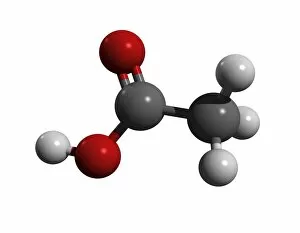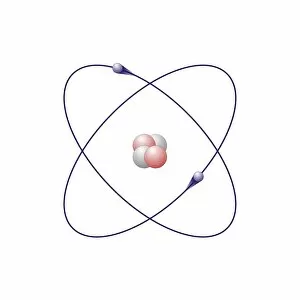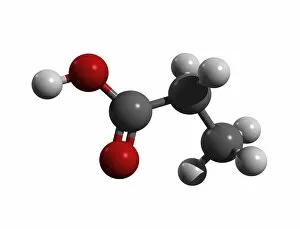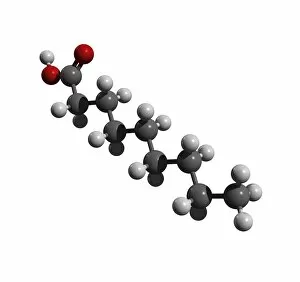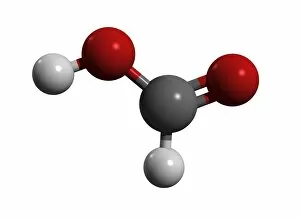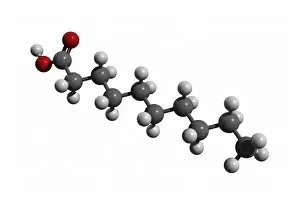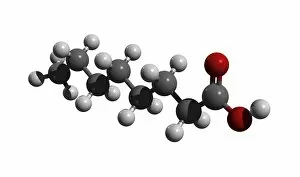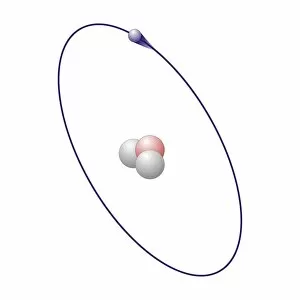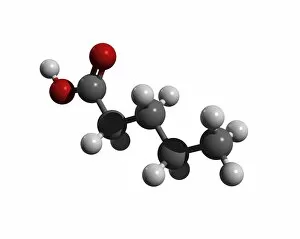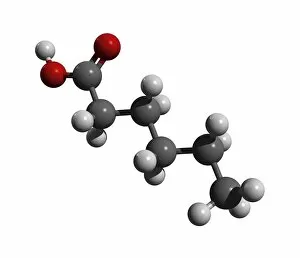Wissenschaftlich Collection
"Wissenschaftlich: Unveiling the Intricacies of Science through Captivating Models and Artwork" Step into the fascinating world of science with wissenschaftlich
For sale as Licensed Images
Choose your image, Select your licence and Download the media
"Wissenschaftlich: Unveiling the Intricacies of Science through Captivating Models and Artwork" Step into the fascinating world of science with wissenschaftlich, where knowledge meets creativity. From a fruit-powered clock that harnesses nature's energy to atomic models showcasing the intricate structures of elements like Beryllium, Helium, and Boron, this captivating collection will leave you in awe. Delve deeper into organic chemistry as you explore molecules such as propanoic acid and acetic acid, unraveling their unique compositions and properties. The artwork featuring a block and tackle showcases the beauty of physics in action while providing an artistic perspective on mechanical advantage. Continue your scientific journey by examining molecules like pelargonic acid, capric acid, and caprylic acid - each with its own distinct structure contributing to various applications. Marvel at the intricately designed heart artwork that symbolizes love while reminding us of our biological marvels. Discover more about molecular compounds with formic acid molecule - known for its role in nature's chemical processes - highlighting how science influences our daily lives. Immerse yourself in the wonders of chemistry as we present capric acid molecule - used extensively in cosmetics for its moisturizing properties. Through wissenschaftlich's diverse collection, we invite you to appreciate both the aesthetic appeal and scientific significance behind these captivating models and artworks. Join us on this journey where art intertwines seamlessly with knowledge; let your curiosity be sparked by these remarkable creations.



